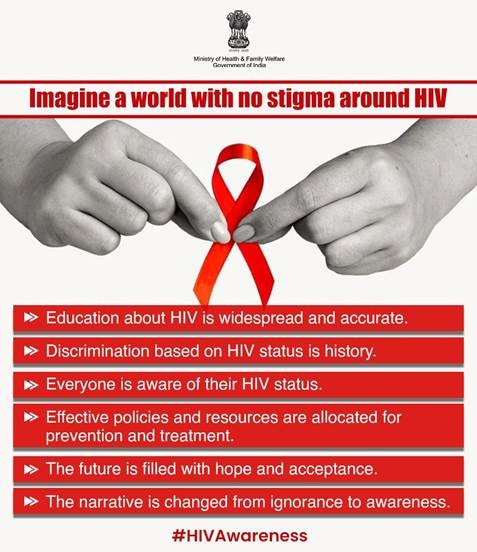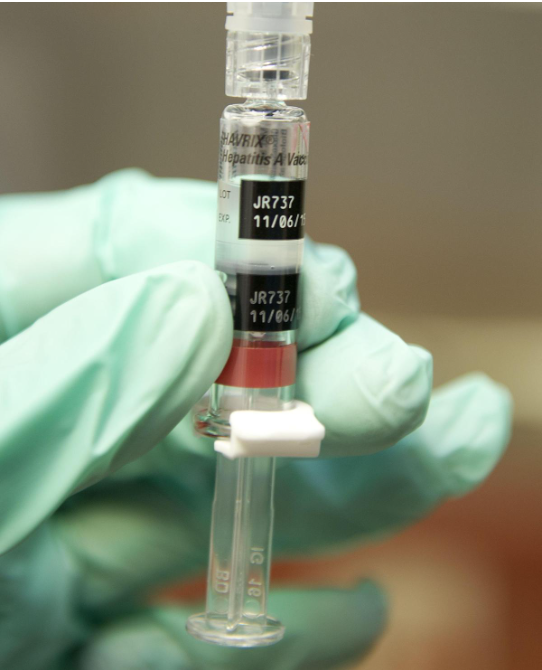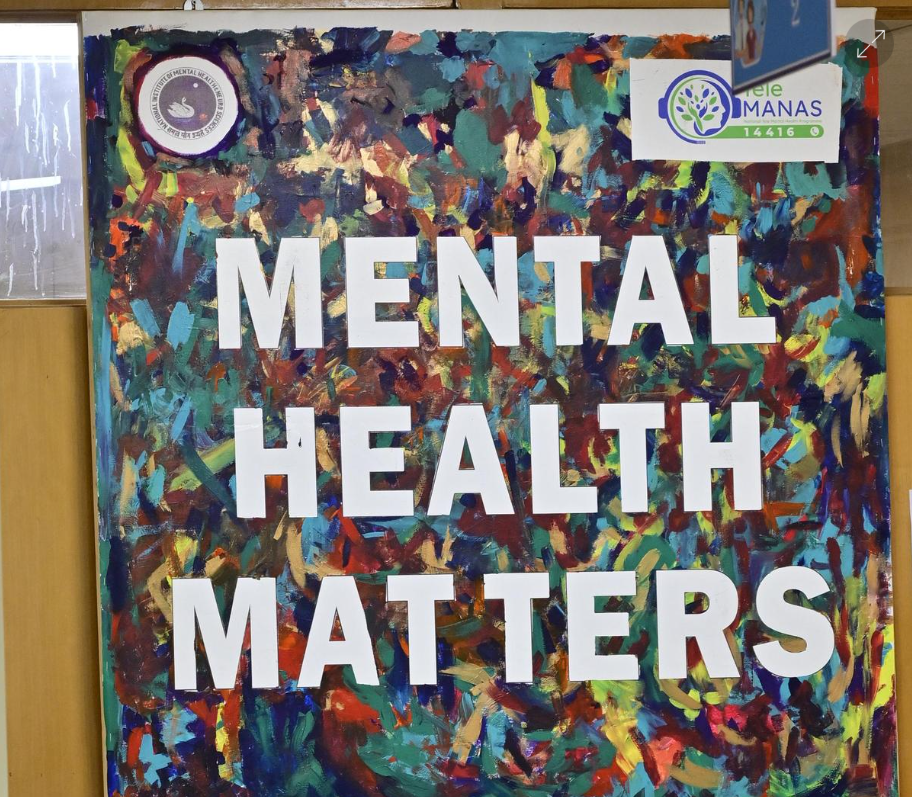





Disclaimer: Copyright infringement not intended.
Context:
What is silicosis?
Types of silicosis
About Silica Dust:
Health Impacts:

Protective Measures
To mitigate health risks, effective measures include:
Regulatory Landscape
Conclusion
ALSO, READ ABOUT THE TOPIC- https://www.iasgyan.in/daily-current-affairs/ensuring-safety-and-health-at-work-in-a-changing-climate
|
Condition |
Symptoms |
Agents/Causes |
Diagnosis |
Treatment |
Prevention |
|
Bronchitis |
Cough, mucus production, shortness of breath, wheezing |
Smoking, air pollution, respiratory infections |
Chest X-ray, sputum tests, lung function tests |
Inhalers, cough medicine, antibiotics (if bacterial), avoiding irritants |
Avoid smoking, reduce exposure to pollutants |
|
Emphysema |
Shortness of breath, chronic cough, wheezing, fatigue |
Smoking, long-term exposure to air pollutants, genetic factors |
Chest X-ray, CT scan, pulmonary function tests |
Medications (e.g., bronchodilators), oxygen therapy, smoking cessation |
Avoid smoking, avoid pollutants, regular check-ups |
|
Lung Cancer |
Persistent cough, chest pain, weight loss, hemoptysis (coughing up blood) |
Smoking, exposure to asbestos, family history, environmental pollutants |
Chest X-ray, CT scan, biopsy |
Surgery, chemotherapy, radiation therapy, targeted therapy |
Avoid smoking, limit exposure to carcinogens, regular screenings |
|
Tuberculosis (TB) |
Persistent cough, night sweats, fever, weight loss, fatigue |
Bacterial infection (Mycobacterium tuberculosis) |
Chest X-ray, sputum tests, TB skin test (Mantoux) |
Antibiotics (e.g., isoniazid, rifampin, ethambutol) for 6-9 months |
Vaccination (BCG), good hygiene, avoid close contact with TB patients |
|
Kidney Damage |
Swelling in legs/ankles, fatigue, decreased urine output, back pain |
Diabetes, high blood pressure, infections, genetic factors, prolonged use of certain medications |
Blood tests, urine tests, ultrasound, CT scan |
Control underlying conditions (e.g., diabetes, hypertension), medications, dialysis (in severe cases) |
Manage chronic conditions, maintain healthy lifestyle, regular check-ups |
Reference
https://www.healthdirect.gov.au/silicosis
https://my.clevelandclinic.org/health/diseases/22622-silicosis
|
PRACTICE QUESTION Q. Consider the following statements on Silicosis:
Which of the above-given statements is/are correct? (a) 1 only (b) 2 only (c) Both 1 and 2 (d) Neither 1 nor 2 Answer: b |






© 2025 iasgyan. All right reserved